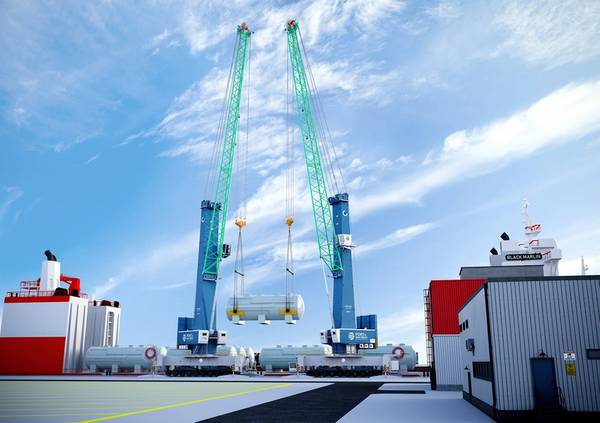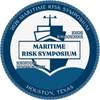
The Port of San Diego has purchased two all-electric Konecranes Gottwald Generation 6 Mobile Harbor Cranes to replace the diesel-powered crane currently in use at the Tenth Avenue Marine Terminal (TAMT). The all-electric, battery-supported mobile harbor cranes will be the first in use in North America and will support the port’s Maritime Clean Air Strategy (MCAS) and its “Health Equity for All” vision while also increasing productivity and cargo business opportunities at TAMT.
The port anticipates receiving and putting the cranes into operation in mid-2023. In January, the Board of Port Commissioners authorized a purchase agreement with Germany-based Konecranes GmbH (Konecranes), which has an office in San Diego. The final cost for the cranes will be approximately $14 million, funds for which are budgeted in the port’s Economic Recovery Program, which was established for the approximately $100 million in federal stimulus funds the port anticipates receiving in total via the America Rescue Plan Act (ARPA) and the State of California’s Coronavirus Fiscal Recovery Fund. The port has already received $61.4 million.
“We have designated a significant portion of our federal stimulus funds to electrification – about $25 million dollars – for zero-emission equipment just like the all-electric cranes from Konecranes,” said Chairman Dan Malcolm, Port of San Diego Board of Port Commissioners. “This is just the start of us delivering on our promise to do our part in improving air quality and public health. It’s also an excellent example of how we can meet our clean air and environmental goals while supporting business and job growth.”
“Konecranes has been working closely with the Port of San Diego for over 20 years, and we're delighted that the first all-electric Konecranes Gottwald Generation 6 mobile harbor cranes in the Americas will make history as the right solution for the port’s current needs. Our profound knowledge and long experience from years of working with electrically-powered harbor equipment will ensure that these new cranes deliver high performance, productivity and the ultimate in eco-efficiency for many years to come,” said Andreas Moeller, Senior Sales Manager, Port Solutions, Region Americas for Konecranes.
The conversion from a diesel-powered crane to an all-electric crane system gets the port closer to achieving a long-term goal of the MCAS – 100% zero-emission cargo handling equipment by 2030 – and is ahead of California Air Resources Board (CARB) regulations.
In addition to the environmental and public health benefits, the new crane system will represent the heaviest lift capability of any crane system currently in place on the West Coast and will enable the port to attract additional business opportunities due to the increased maximum lift capacity – up to 400 metric tons (MT) versus the 100 MT lifting capacity of the port’s diesel crane. Most of the heavy-lift cargoes destined for this region weigh more than 200 MT, including larger pieces of solar, wind, and industrial energy equipment as well as project cargoes. The new cranes will allow the port to compete for more business, further capitalizing on the space unlocked by the TAMT Modernization project and the growth forecasted in the larger TAMT Redevelopment Plan. With their heavier capacity and faster offloading speed, the new cranes will also better serve our existing operations when crane movements are needed.
TAMT, one of the port’s two marine cargo terminals, serves as an omni-cargo terminal consisting of a 96-acre facility and handles breakbulk, bulk, container, and project cargos such as transformers for regional utilities in addition to steel and engines used in local shipbuilding.
The Konecranes Gottwald all-electric mobile harbor crane system became commercially available in 2021. The conversion of the diesel-powered mobile harbor crane to a fully electric mobile harbor crane system would eliminate all nitrogen oxides (NOx) and diesel particulate matter (DPM). At the same time, carbon dioxide equivalent emissions (CO2e) would decrease substantially, provided the electrical grid has a significantly lower greenhouse gas (GHG) emissions factor per unit of activity compared to diesel.



